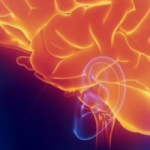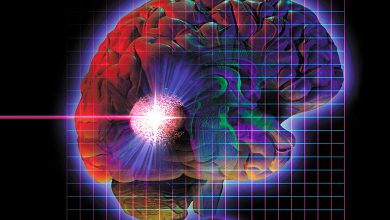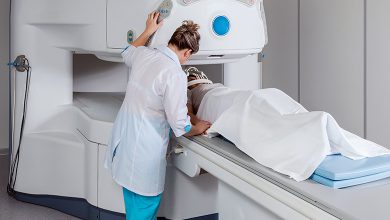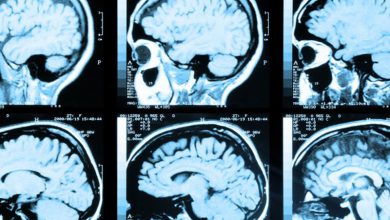Tumor of the chiasmatic-sellar region of the brain
Oncological formations are most common in children. They are characterized by visual impairment and endocrine disorders. A tumor of the chiasmatic - sellar region of the brain ( CHS ) can be hormonally active and hormonally inactive. CSR tumors very rarely reach large sizes. Pronounced endocrine symptoms help early recognition of the disease. hormonally passive CSR tumor For most neoplasms of this type, the characteristic expansive growth is a uniform increase through compression or displacement of the surrounding soft tissues.
Symptoms
In the process of growing and reaching a significant size, the CSO tumor provokes endocrine and ophthalmological abnormalities, and neurological abnormalities are sometimes observed:
- visual dysfunction up to loss of visual fields;
- pituitary insufficiency;
- vegetative pathologies;
- limb disproportion;
- weight change;
- enlargement of internal organs;
- decreased facial sensitivity;
- disruption of the trigeminal nerve (coarsening of facial features);
- hormonal disbalance.
Treatment
The etiology of formations has only approximate data. Considering the asymptomatic course of the disease in 27% of cases of hormonally inactive formations, the process of diagnosing a CSO is significantly more difficult. As the tumor grows, compression is created on the surrounding nodes and tissues, and the brain and visual blood vessels are injured. It is possible to diagnose a tumor based on deviations in ophthalmic status , the appearance of neurological and endocrine pathologies, as well as using MRI using contrast . Balloon-shaped changes in the sella turcica with CSO can also be determined using craniography.
Based on anamnestic data, the patient’s complaints, taking into account the period and course of the disease, the doctor selects the optimal treatment option.
drug treatment for small pituitary formations. Statistics indicate successful recovery in 45% of cases. Drug treatment serves as the basis for radical surgical techniques.
The surgical method is the most common method of medical practice. To completely or partially eliminate a tumor with moderate suprasellar growth, a transnasal channel is used. In this case, the elements of formation are completely removed. In case of incomplete (partial) tumor removal and in recurrent cases, additional radiation is used.
Please rate the article:

 (5 ratings, average: 4,80 out of 5)
(5 ratings, average: 4,80 out of 5)



